Installing add-in cards—like capture cards—can limit PCI-e bandwidth to the GPU. Does the reduction of PCI-e bandwidth harm performance in content-creation?
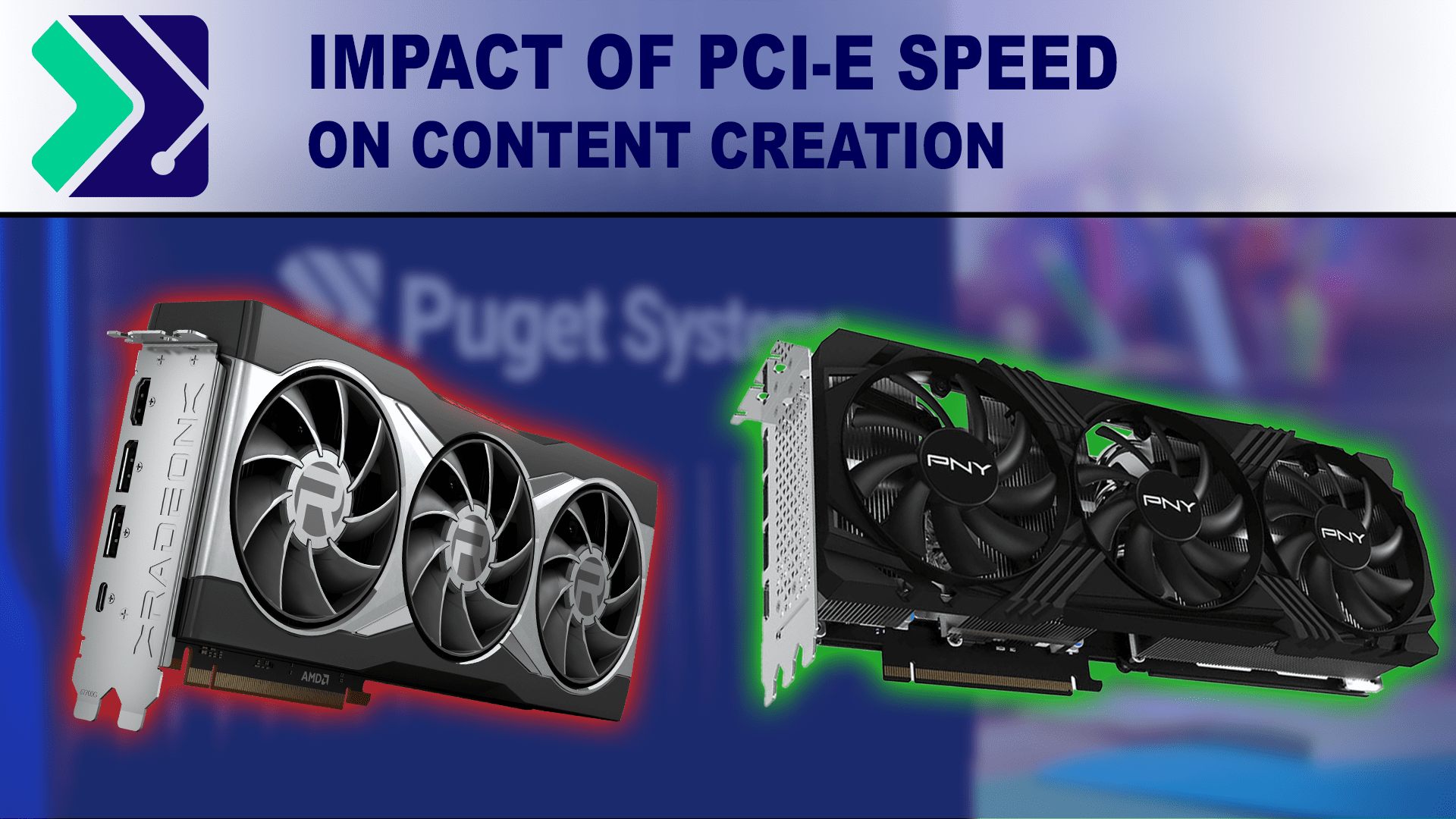

Installing add-in cards—like capture cards—can limit PCI-e bandwidth to the GPU. Does the reduction of PCI-e bandwidth harm performance in content-creation?
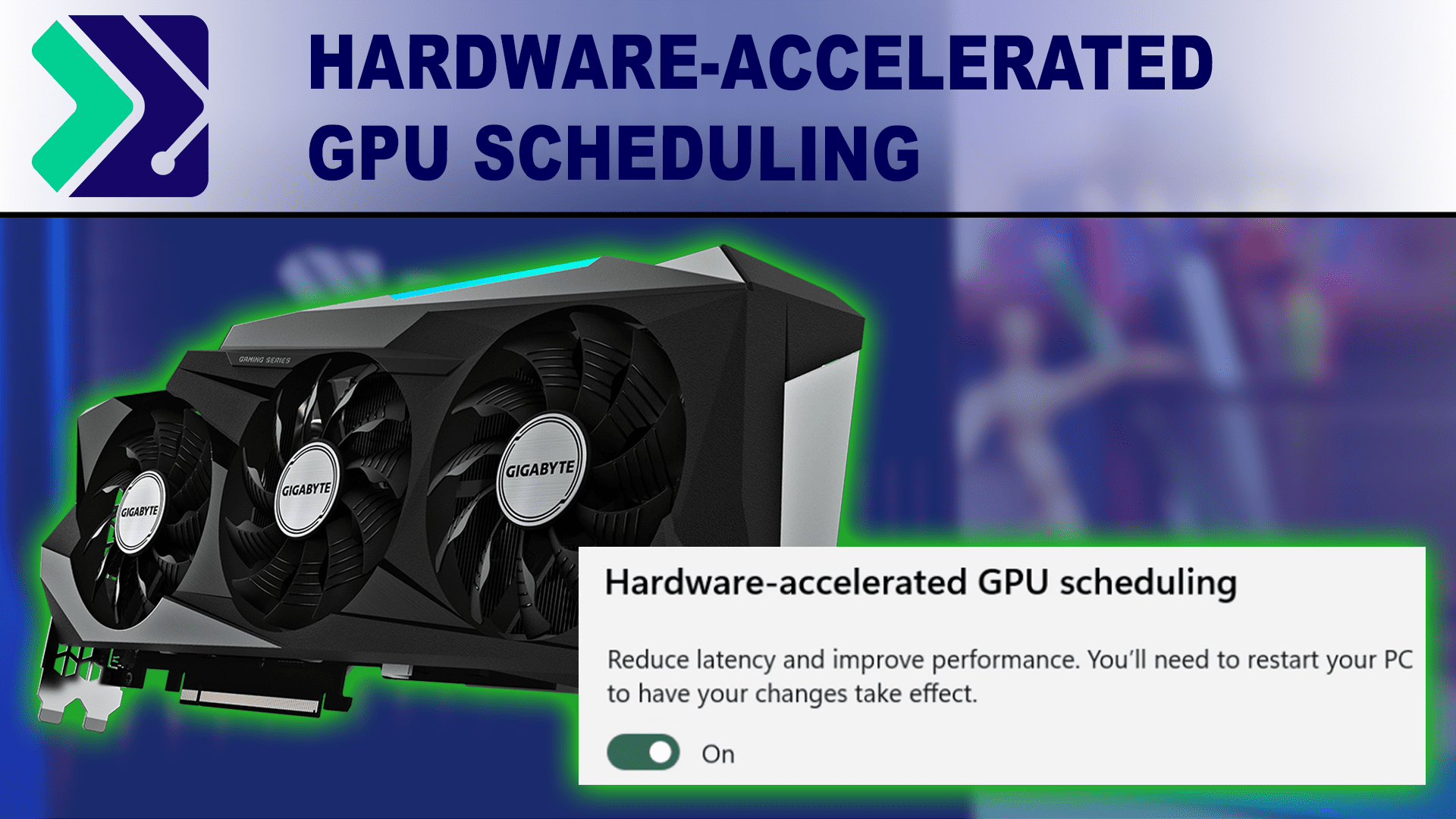
Hardware-accelerated GPU scheduling is a behind-the-scenes change in Windows to move processing GPU requests from the CPU to the GPU. Does enabling the feature have any impact on content creation performance?
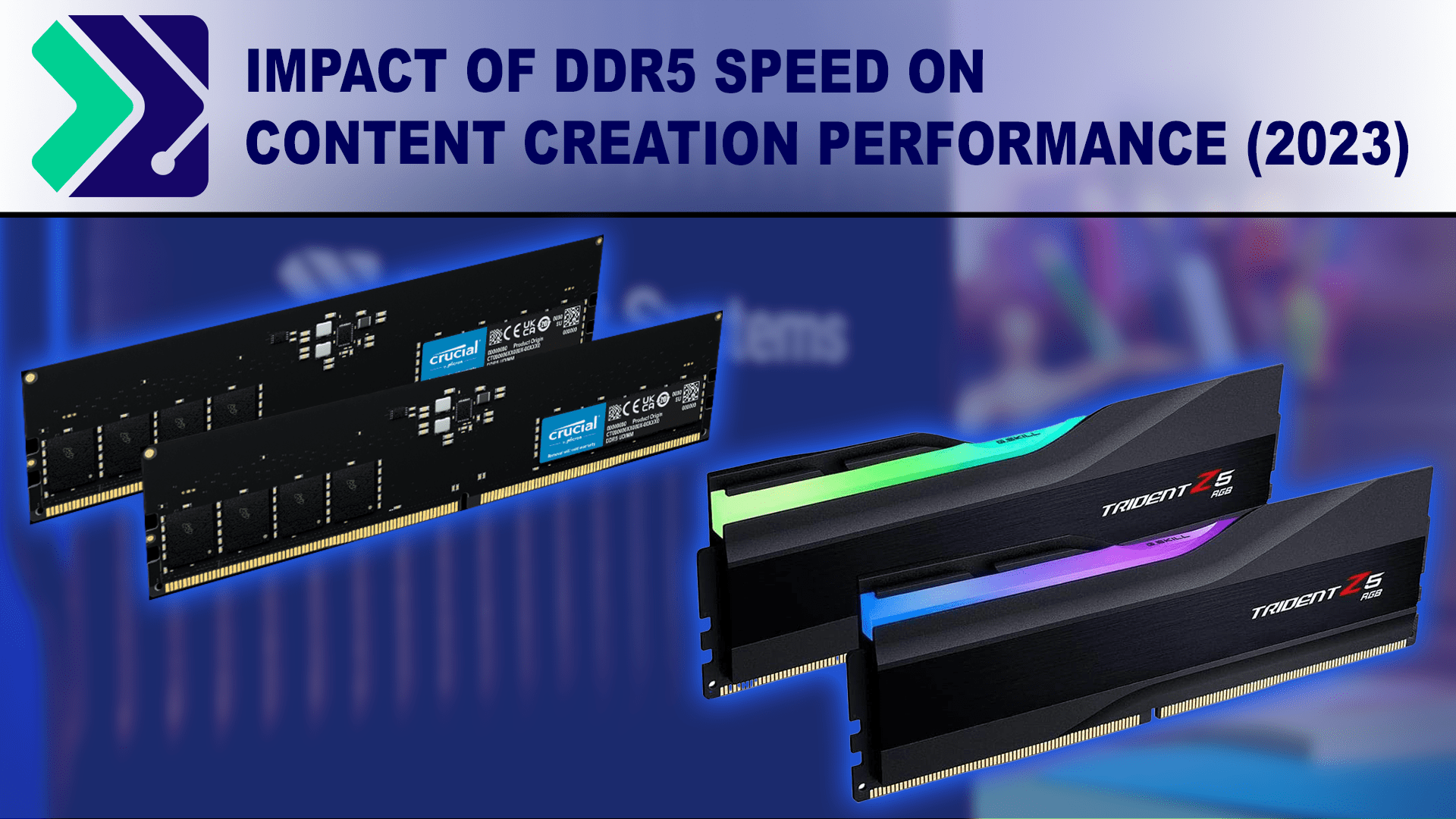
DDR5 memory has kits rated for up to 8400 Mbps, while desktop CPUs only officially support up to 5600 Mbps. How much does running at official specifications actually impact performance in common content creation applications?
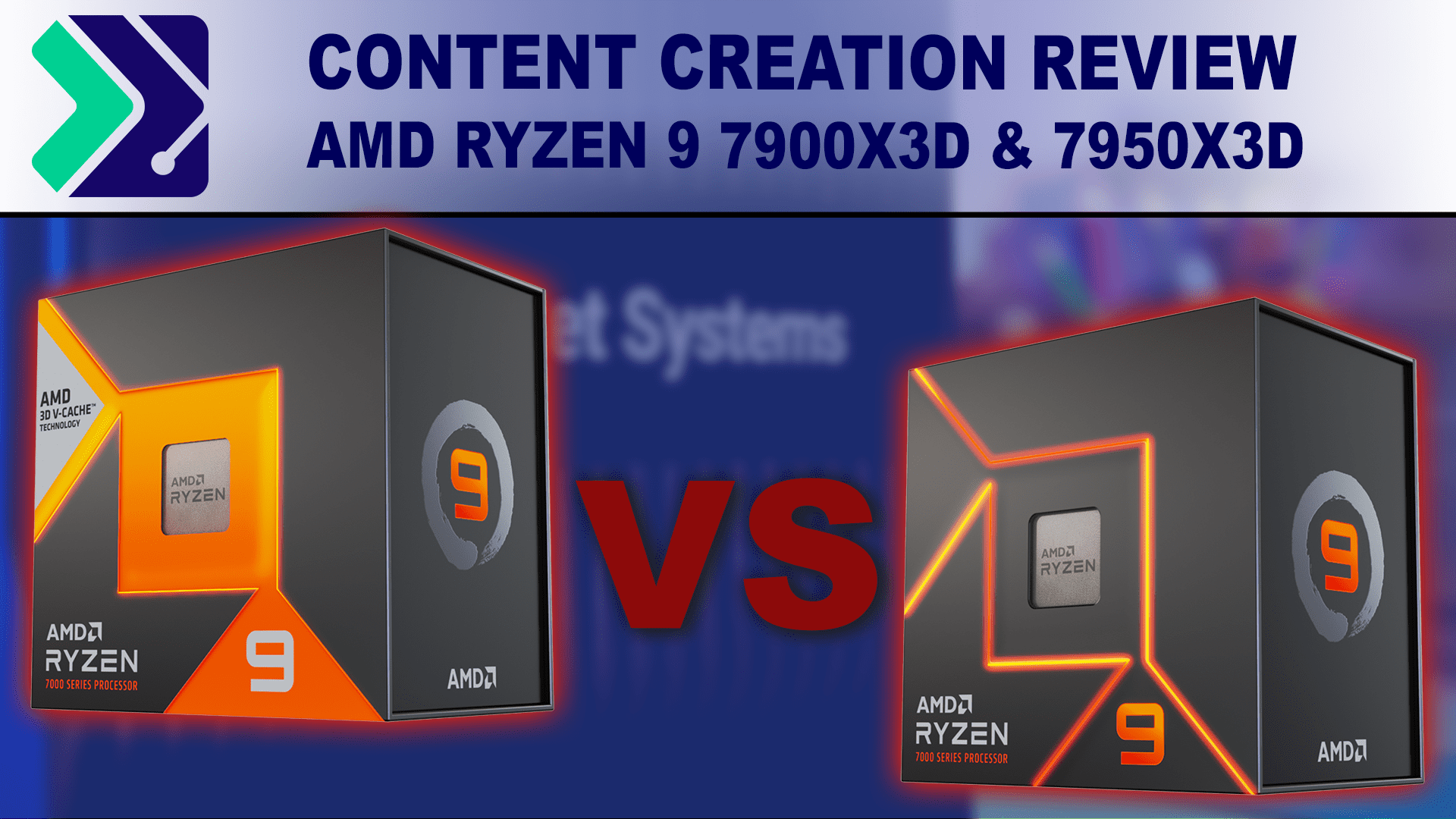
AMD’s Ryzen X3D processors promise incredible performance for gamers and creators. But does the additional cache increase performance for content creation?
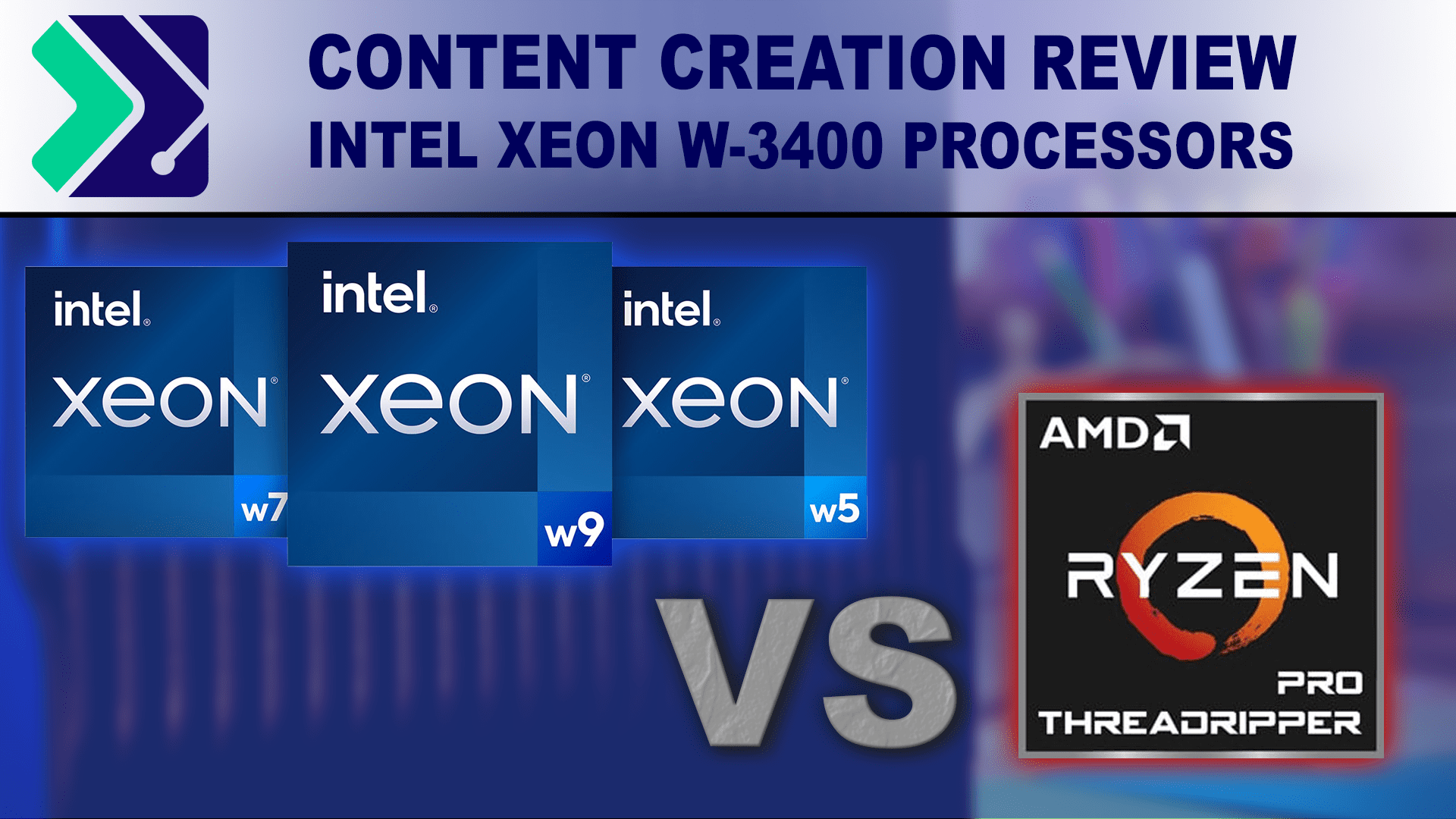
Intel has released its latest Xeon W-3400 processors, featuring up to 56 cores and eight channel DDR5 memory. Are these new processor enough for Intel to take the performance crown from AMD for content creation?
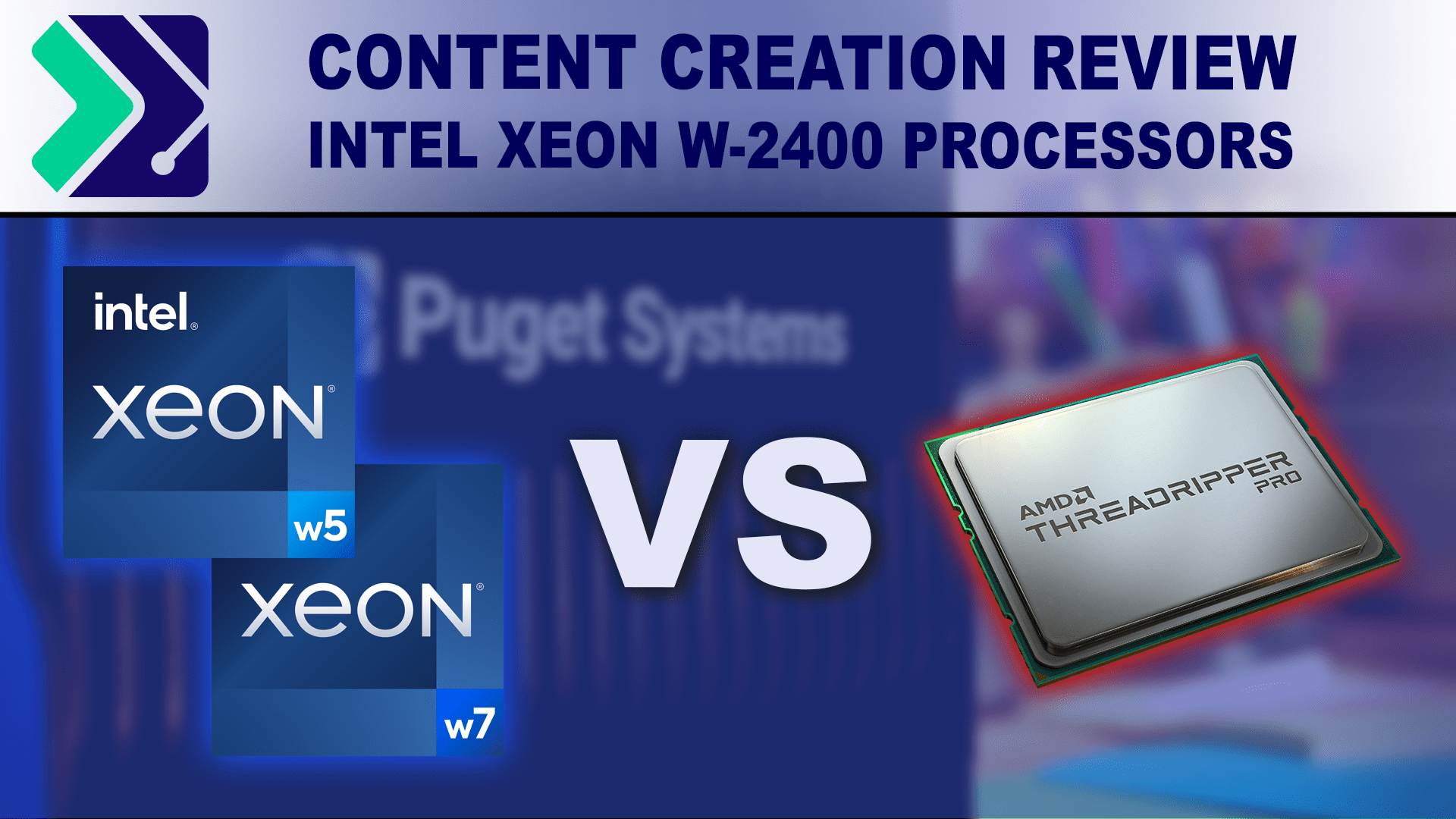
Intel has released its latest Xeon W-2400 processors, featuring up to 24 cores and quad channel DDR5 memory. Although the W-2400 is not as powerful as Intel’s W-3400 line, it is expected to compete well with AMD’s lower core count Threadripper Pro processors for several content creation workflows.
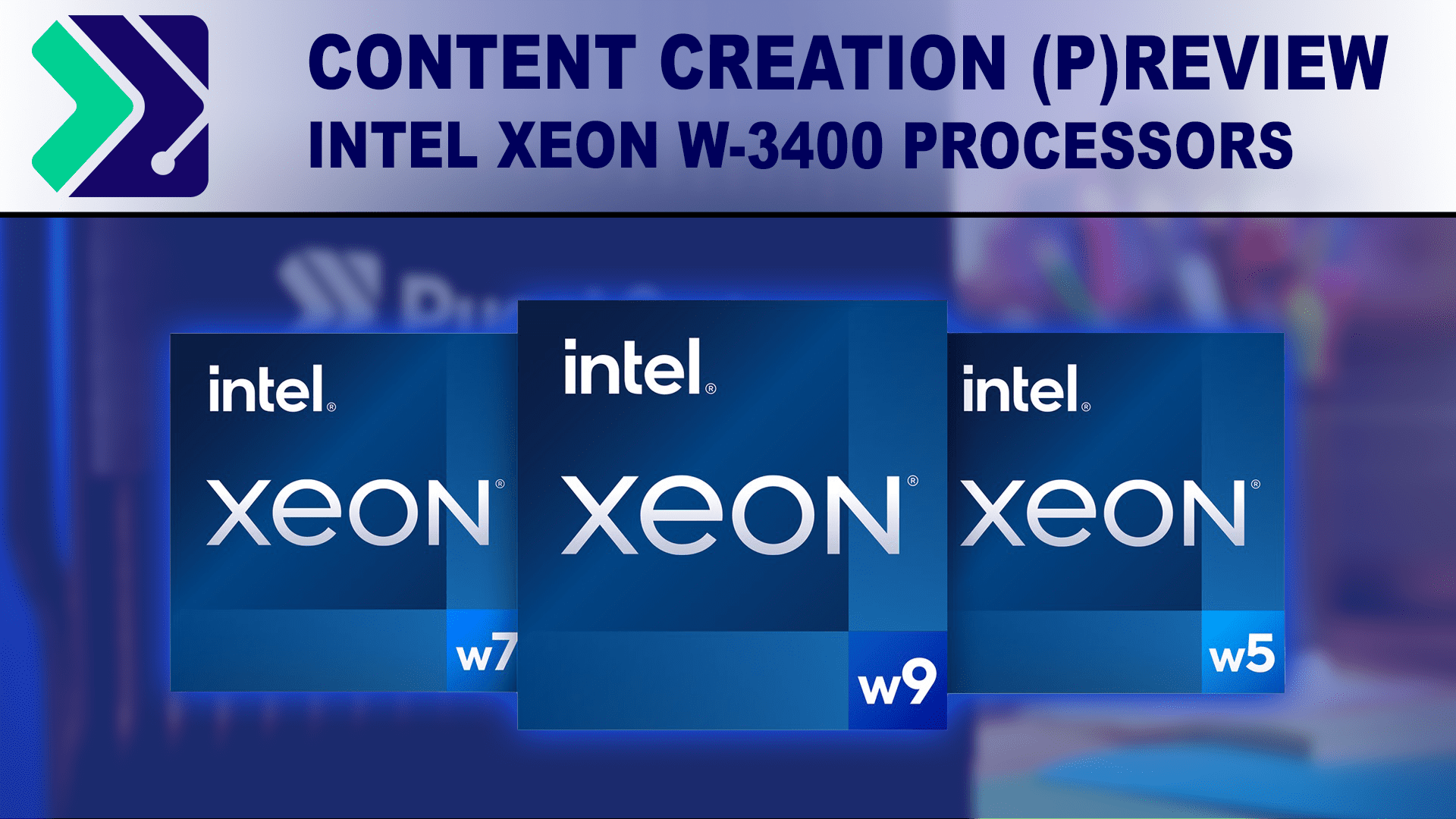
Intel has announced their latest Xeon processor families, including the W-2400 and W-3400 lines. While there is still several months to go before the sales embargo, we are able to give a preview of how these processors perform in various content creation applications.
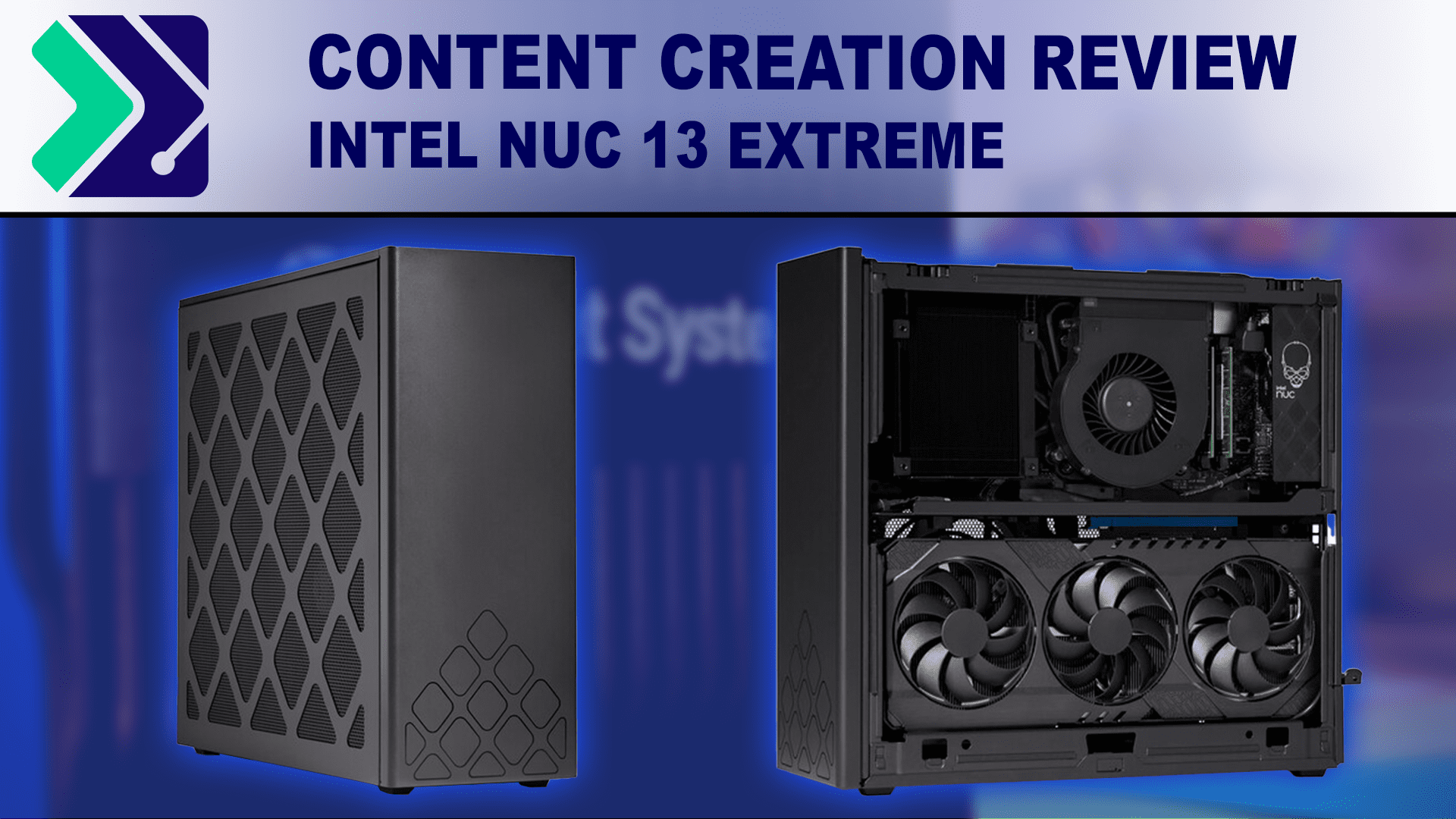
Intel’s 3 NUC 13 Extreme is a highly compact PC that is still capable of hosting high-end hardware like an NVIDIA GeForce RTX 4080, 64GB of RAM, and multiple M.2 NVMe storage drives. The question is, do you sacrifice any performance with thee ultra-compact NUC 13?
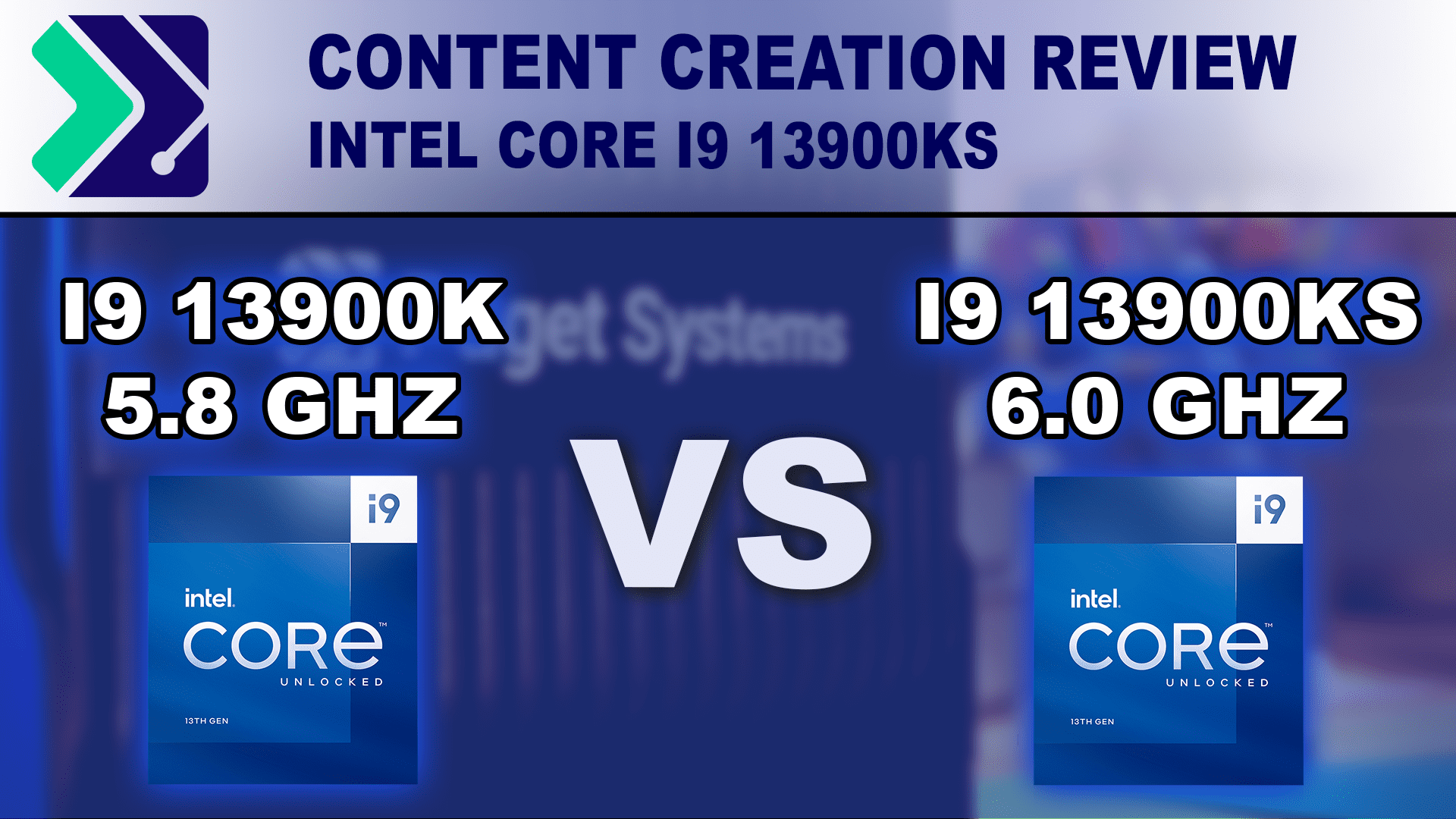
Following the success of the initial launch of their 13th Gen processors, Intel is now launching the Core i9 13900KS which is the first CPU to be capable of hitting 6 GHz at stock settings. But will this make any real difference for content creation?
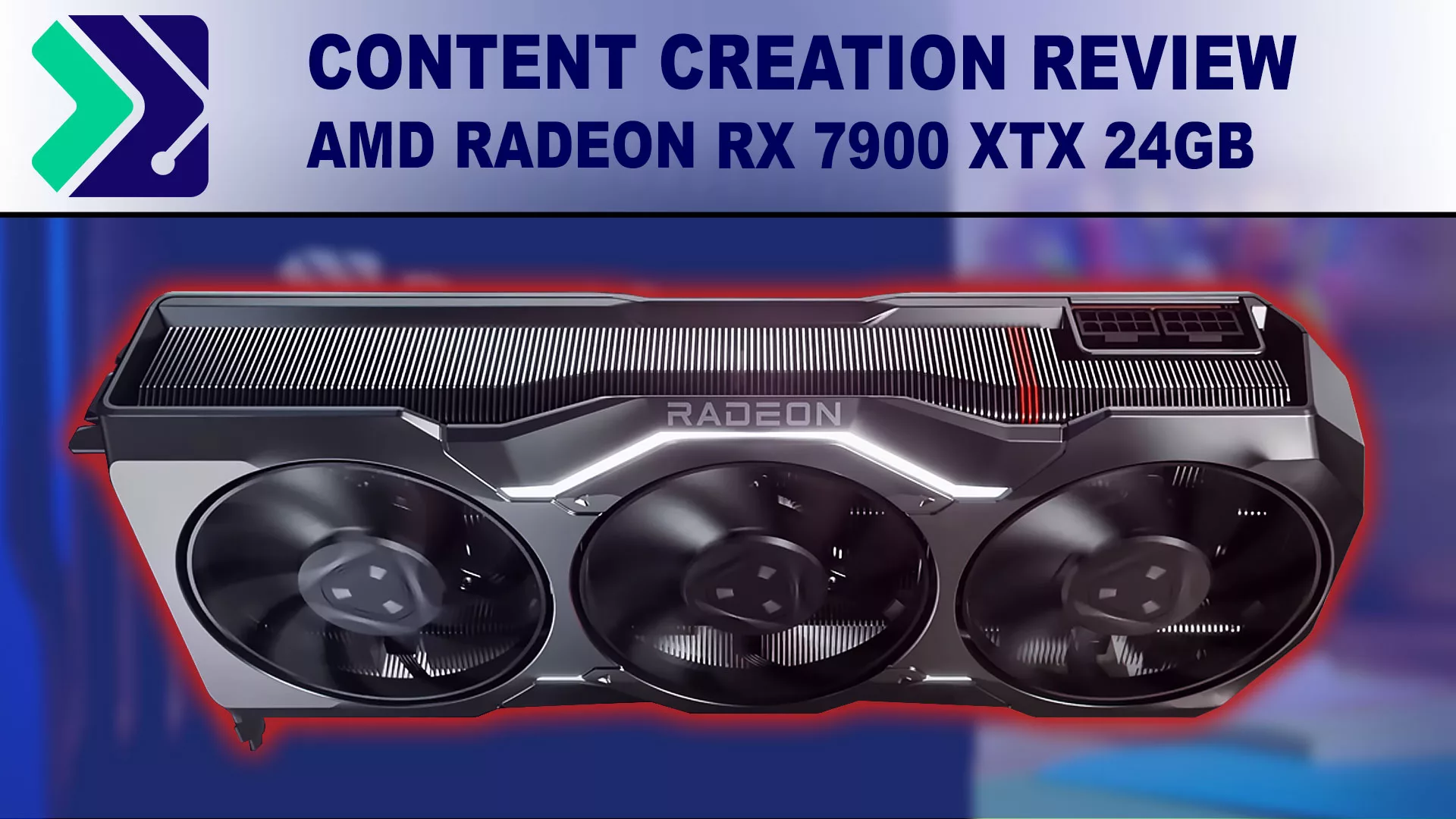
AMD has launched their new Radeon 7000 series of GPUs, including the 7900 XTX. NVIDIA has long had a lead for many content creation workflows, however. Is the new 7900 XTX fast enough to make AMD a viable alternative to NVIDIA?